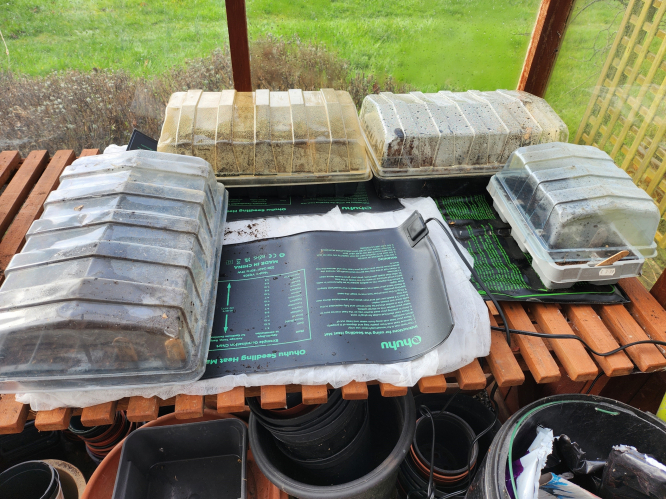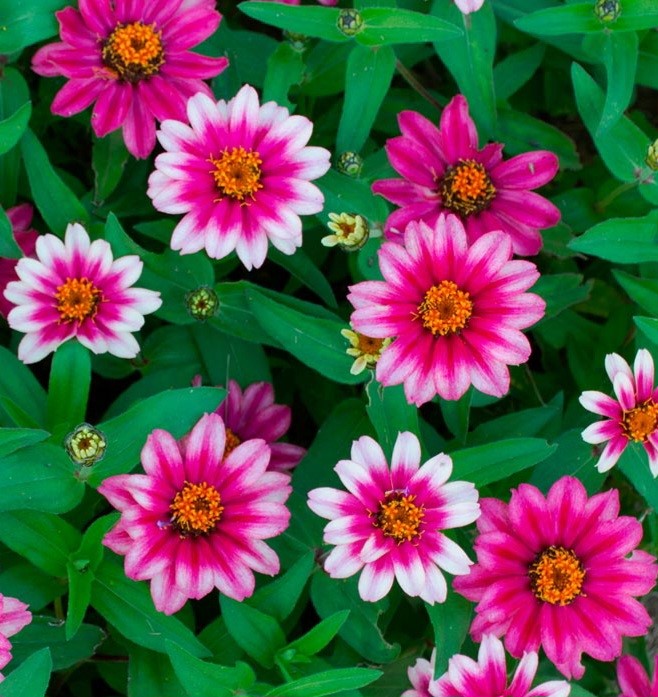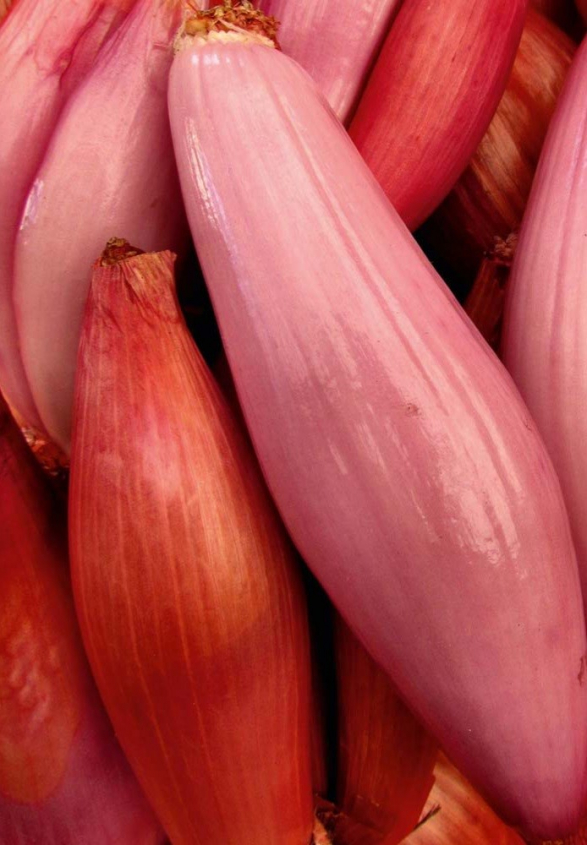TINA WOODHAMS GARDENING NOTES
September can bring pleasant temperatures and a moderate rainfall with cooler night temperatures and shorter days. The strength of light that plants receive changes with the seasons and many will use the length of the day to judge when to flower or set their seed. The soil is warm still from the summer sun and with the rainfall generally increasing, it is a good time of year to plant new perennials or create a new lawn, particularly towards the end of the month.
Continue to deadhead annuals and perennials to extend the flowering season, and remember, with a little TLC in the shape of watering and feeding, pots and hanging baskets can be kept blooming until mid-autumn.
Everyone loves something for free! Increase the number of plants in your garden by collecting seeds from perennials and retain in labelled envelopes to grow next year. Dividing perennials that have finished flowering will not only give you more plants but will also improve future health and vigour of existing ones. Plant and water in the divisions well. Cuttings of fuschia, salvia, pelargonium and osteospermum may be taken now and these can sometimes perform better from new cuttings each year. Grow the cuttings inside, either in the greenhouse or on a light windowsill.
Keep harvesting crops! There is reliably a glut of produce so aim to freeze, dry, pickle or store to benefit at a later date - or share with your neighbours. In the vegetable patch it's time to lift maincrop potatoes and dry off before storing - use hessian or paper sacks and keep in a cool, dark spot away from mice and other rodents. It's important to store only undamaged tubers as one rotten potato can spread disease throughout the entire crop.
Remove the leaves of pumpkins and squash to help the skins ripen and promote adequate ventilation. To prevent rotting and deter those pesky slugs the fruits are best raised slightly off the surface of the soil. If tomatoes are still green, pick the trusses and ripen indoors. One theory is to place them in a paper bag with a banana which releases ethylene, a hormone associated with the ripening of fruit. Alternatively seek out a great recipe for green tomato chutney and put your culinary skills to the test!
Apples and pears are ready for harvesting and surplus fruits can be wrapped in paper and layered in a cardboard box or crate to be stored away from sunlight, or placed in a fridge for future use. Mowing grass underneath fruit trees makes it easier to spot and pick up windfalls. Pick autumn cropping raspberries and blackberries on a dry day so the berries aren't wet and prone to rotting.
Sow greens such as kale, spinach, mustard and lettuce for late autumn and winter harvest, preferably in a sheltered spot. Cover brassicas with netting to prevent the birds eating your crops before you!
Keep a lookout for pests and diseases - mould and fungus can be a particular issue at this time of year - and treat accordingly. Rosemary beetles are prevalent so check your lavender and rosemary and pick off any unwanted guests.
Even when you fancy a sit down with a cuppa, you can turn your attention to ordering spring flowering bulbs - crocus, hyacinth, daffodil, fritallaria, bluebells - for planting next month, as well as trees, shrubs and fruit bushes.
For fragrant indoor flowers at Christmas pot up prepared narcissi and hyacinth bulbs. Placing the pots in a dark room and excluding light will force the bulbs to start growing.
Plan ahead into next year by taking notes of what does and doesn't work in your garden - I use a Gardener's Journal - and sketches or photos of borders can be really useful.
As always there is lots to do - 'A garden is a thing of beauty and a job forever' quote by Richard Briers - Happy Gardening!















